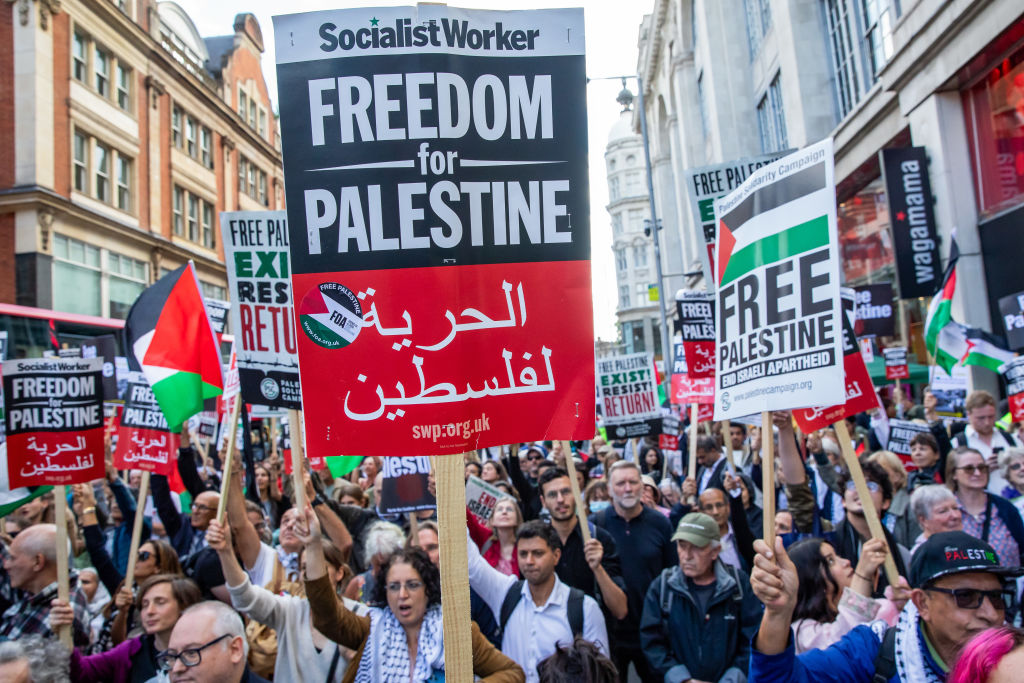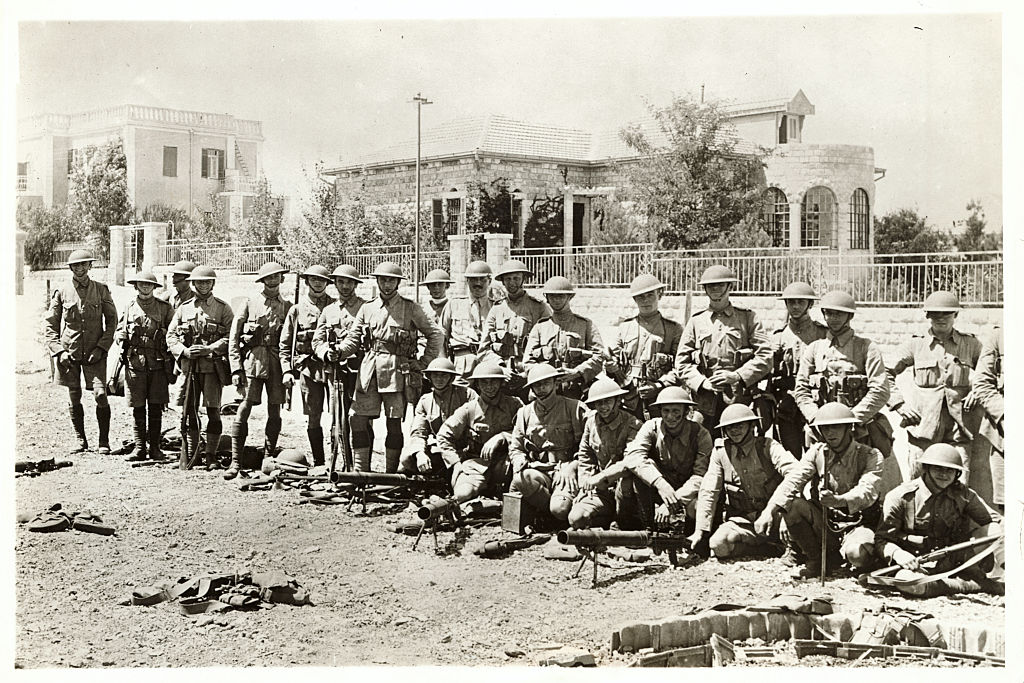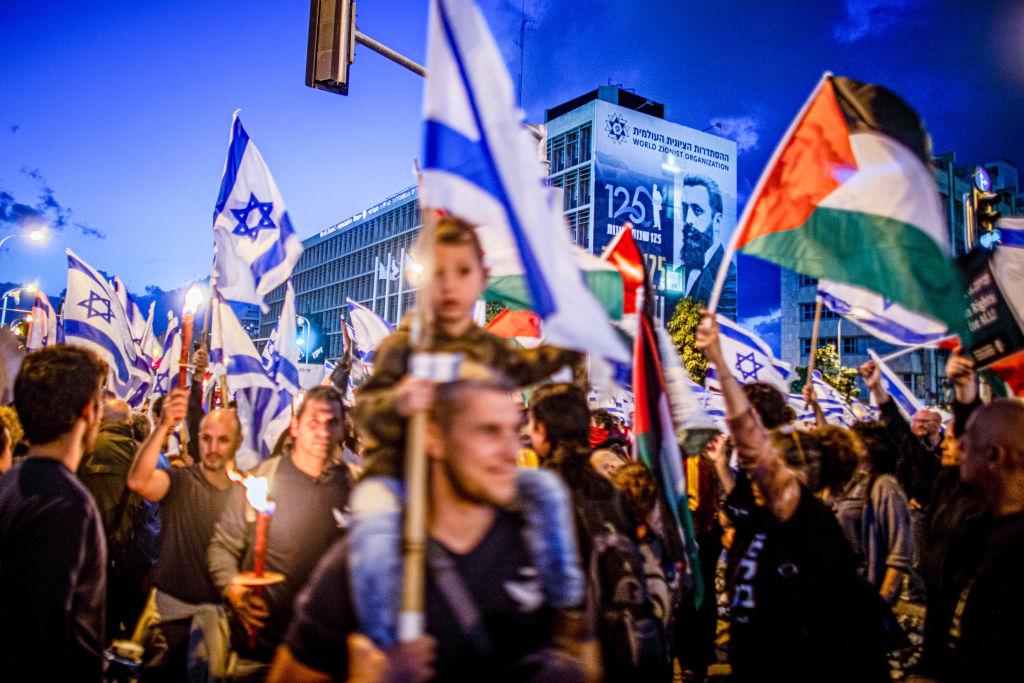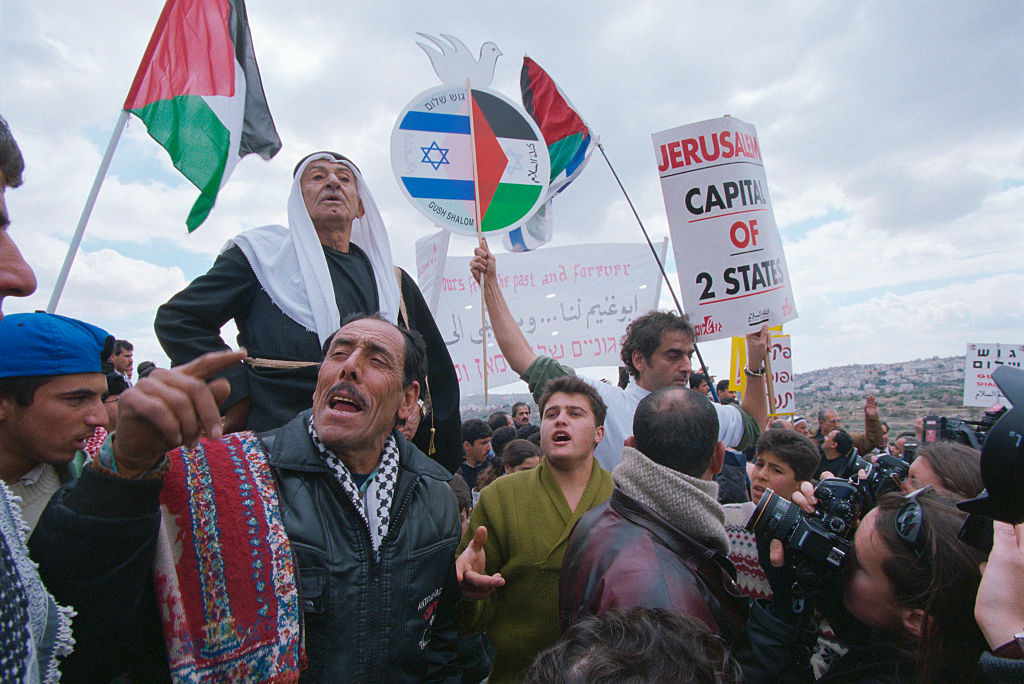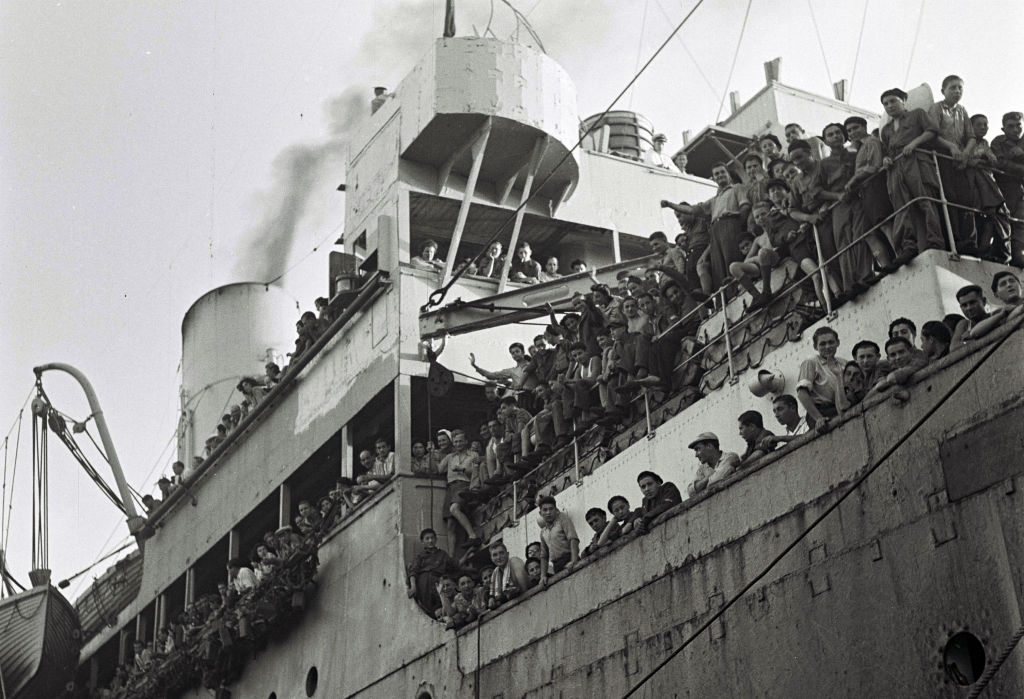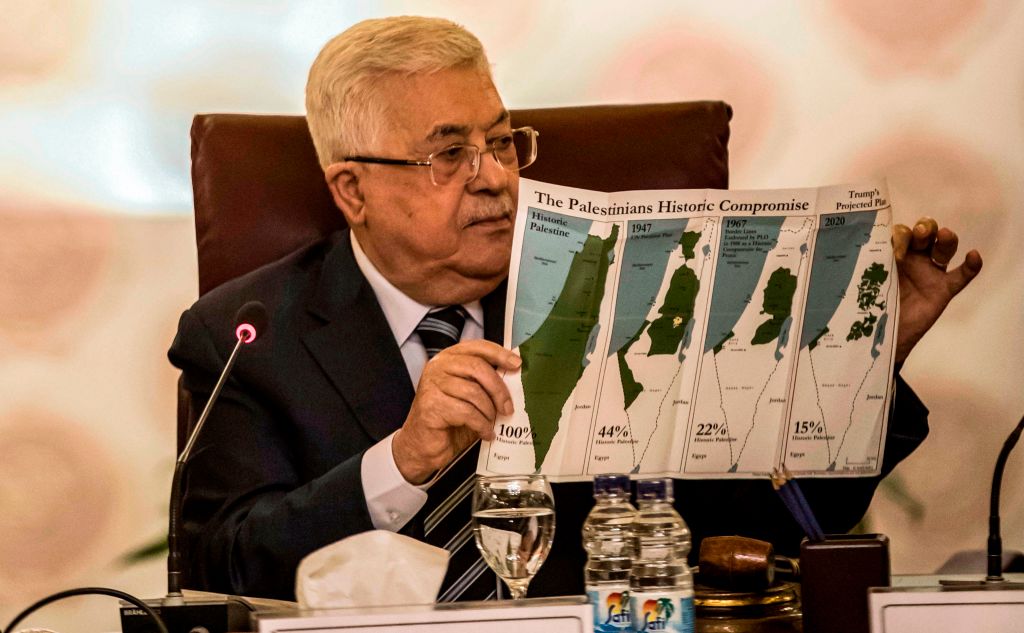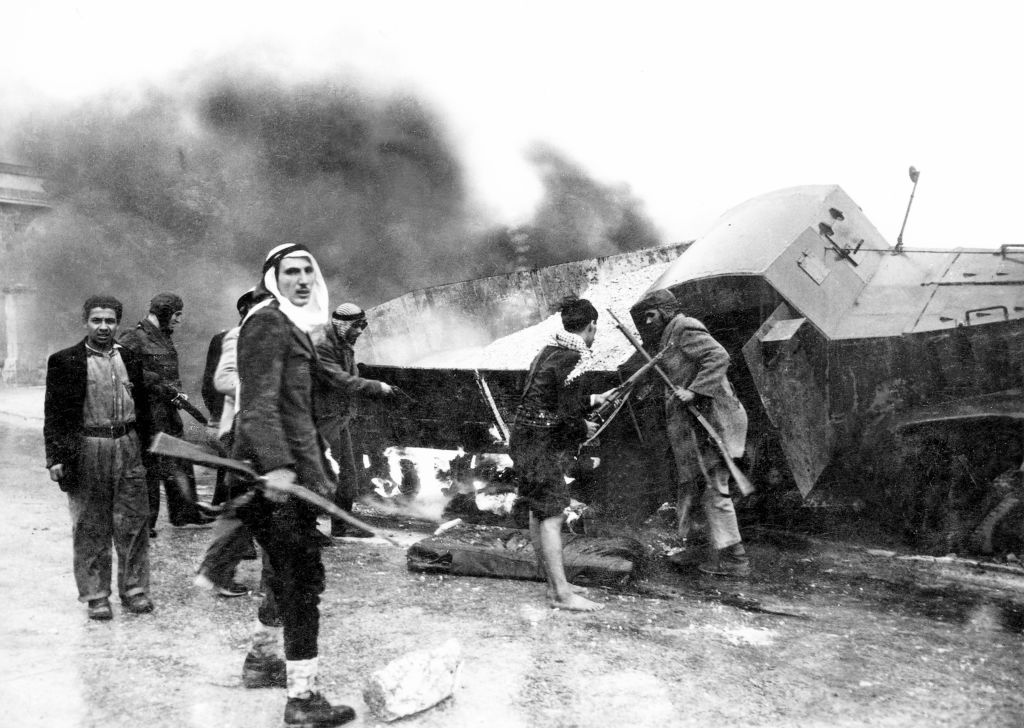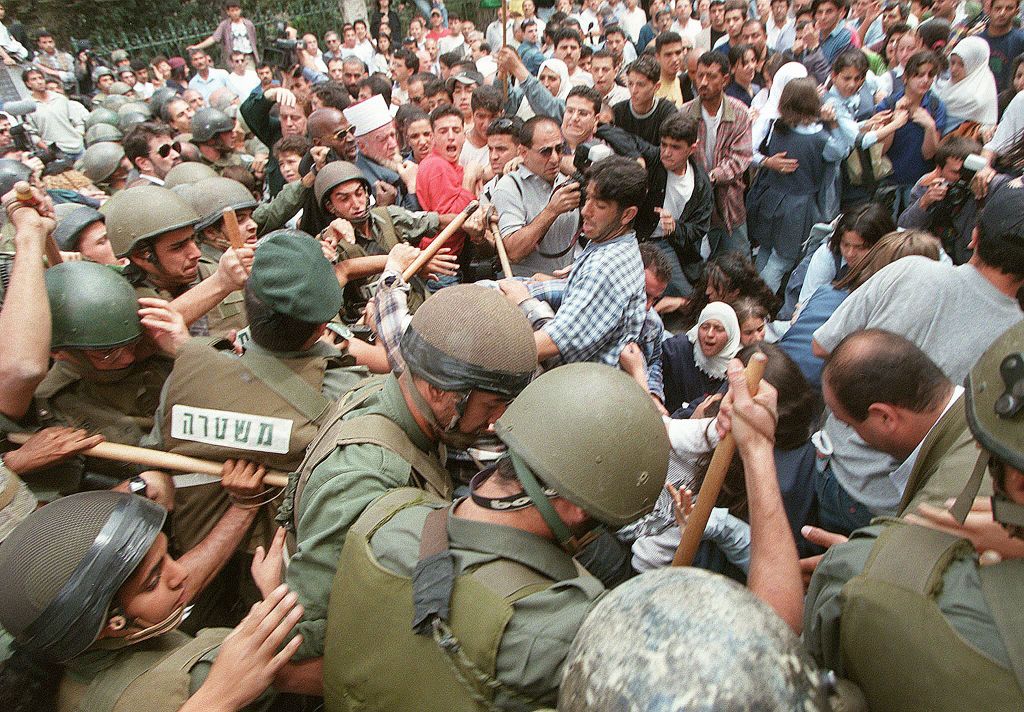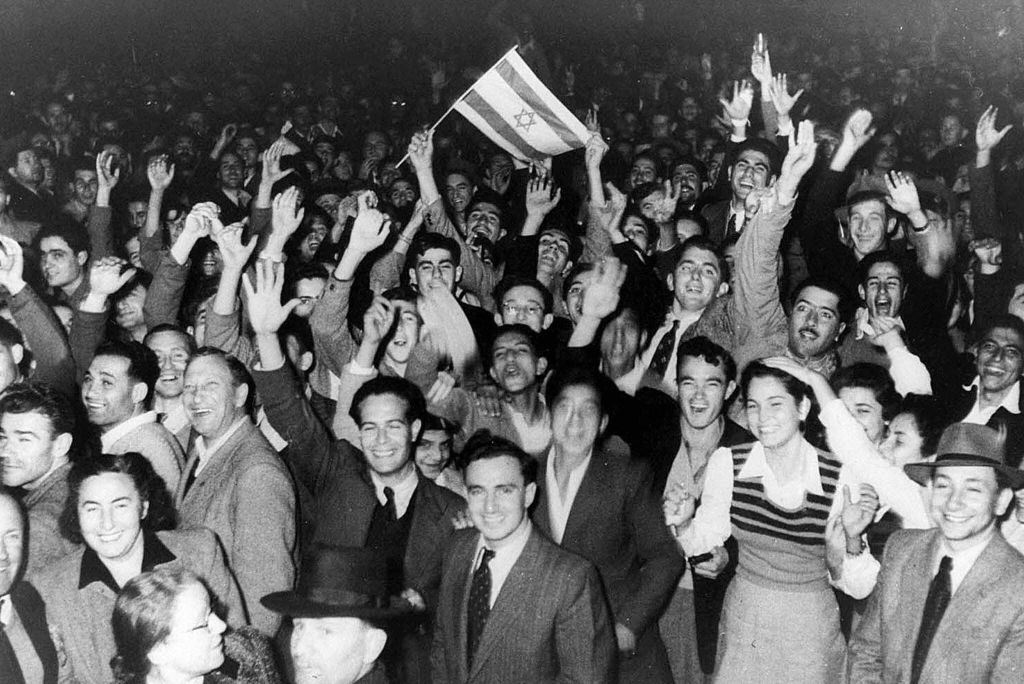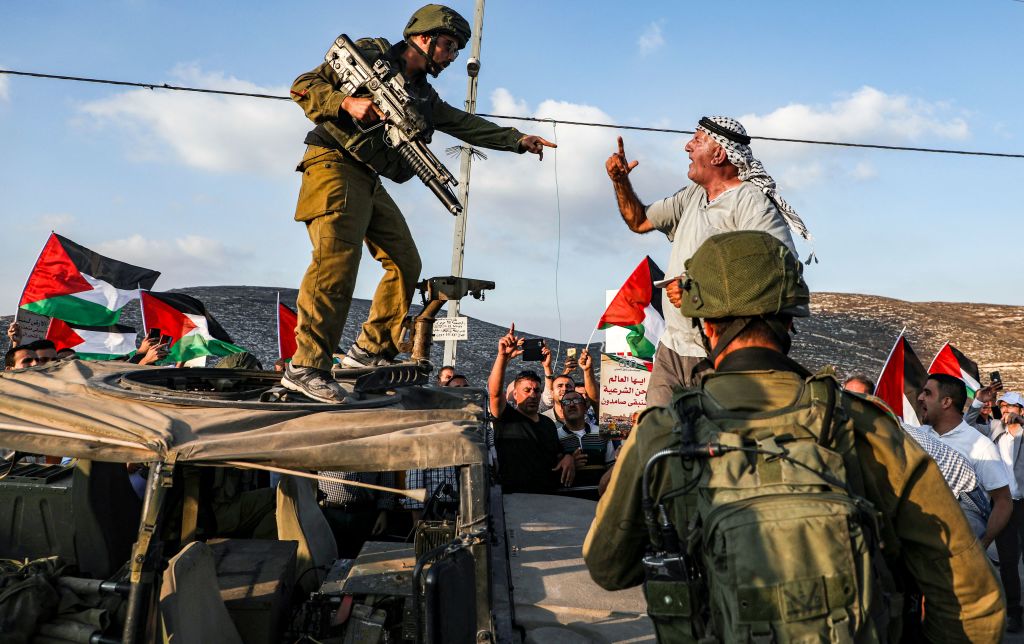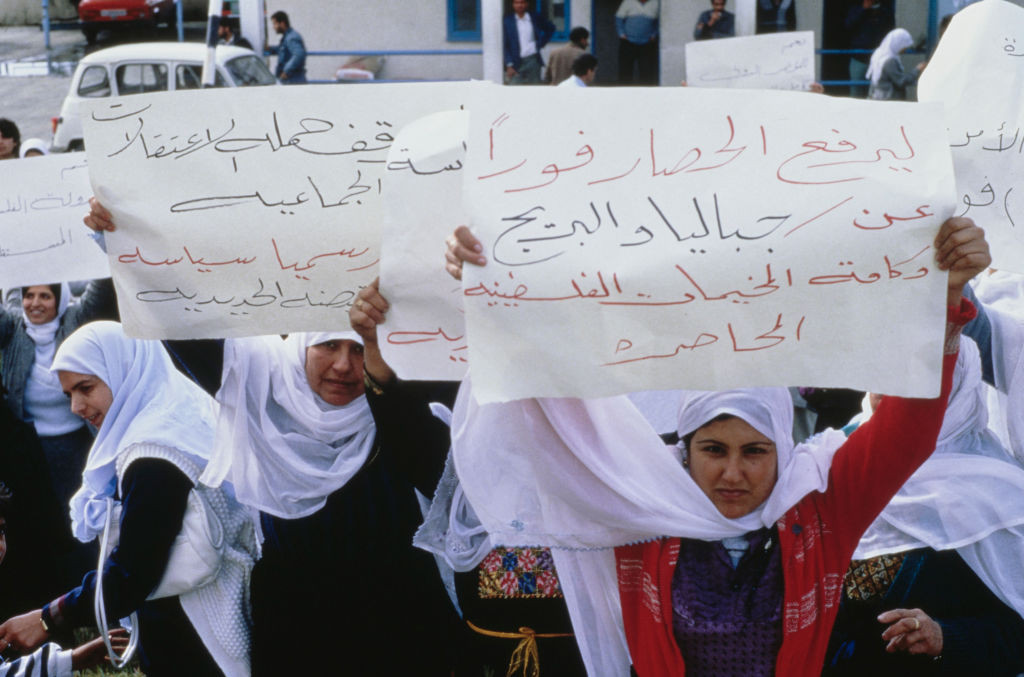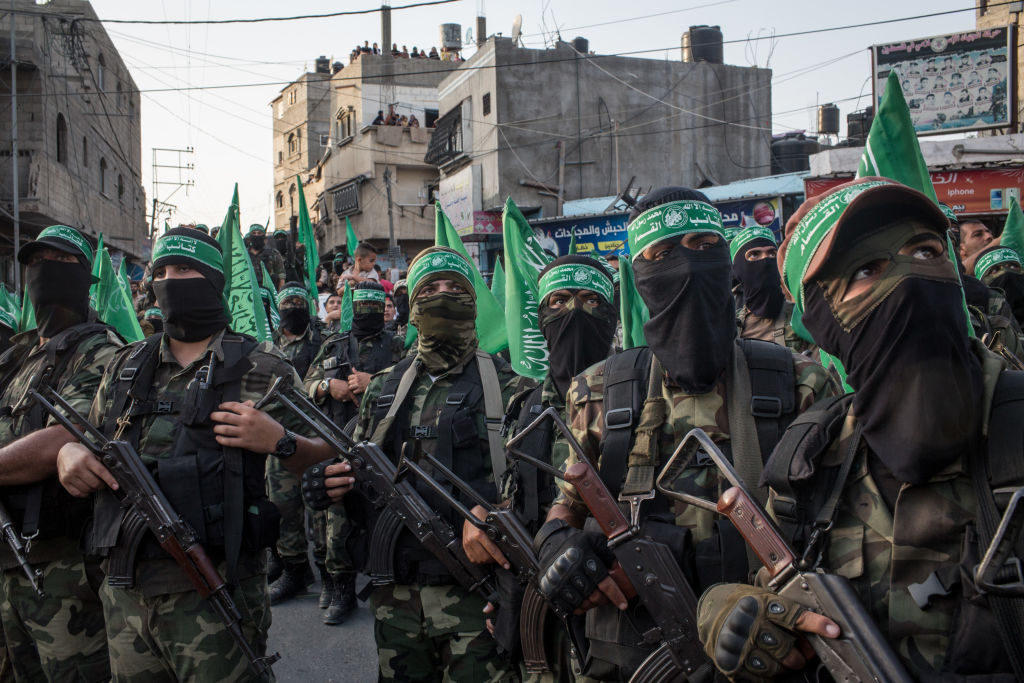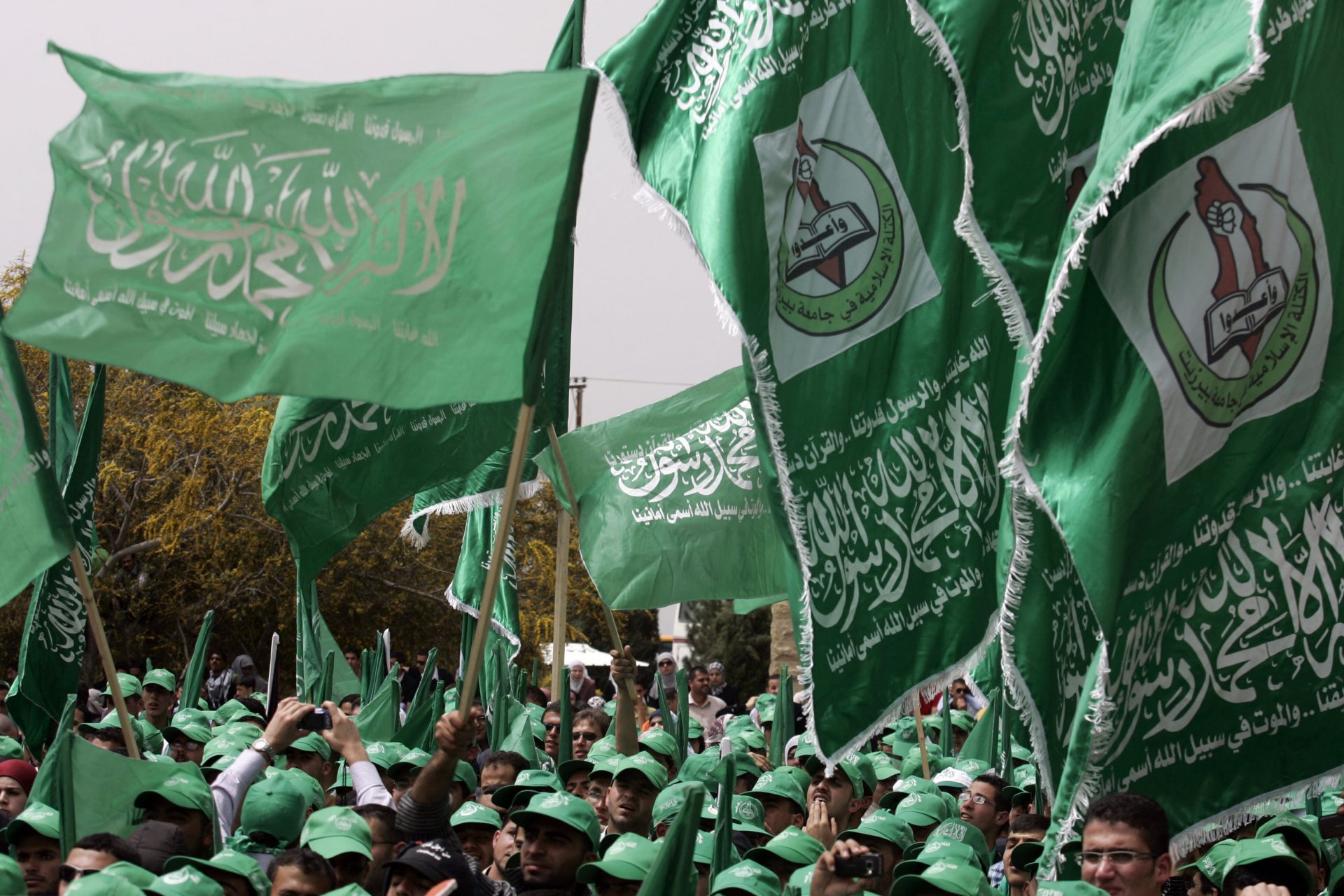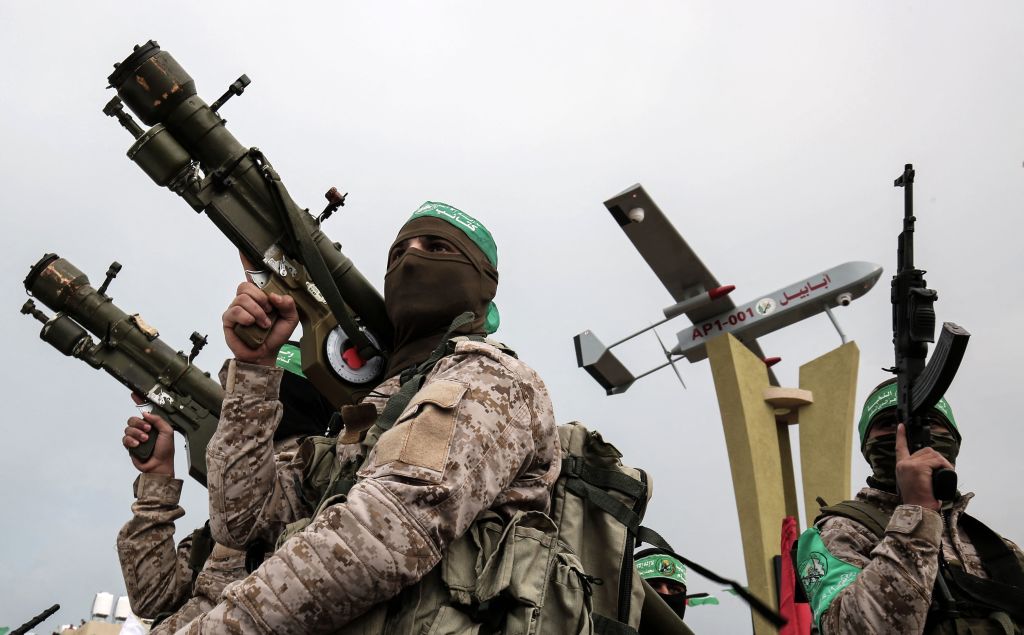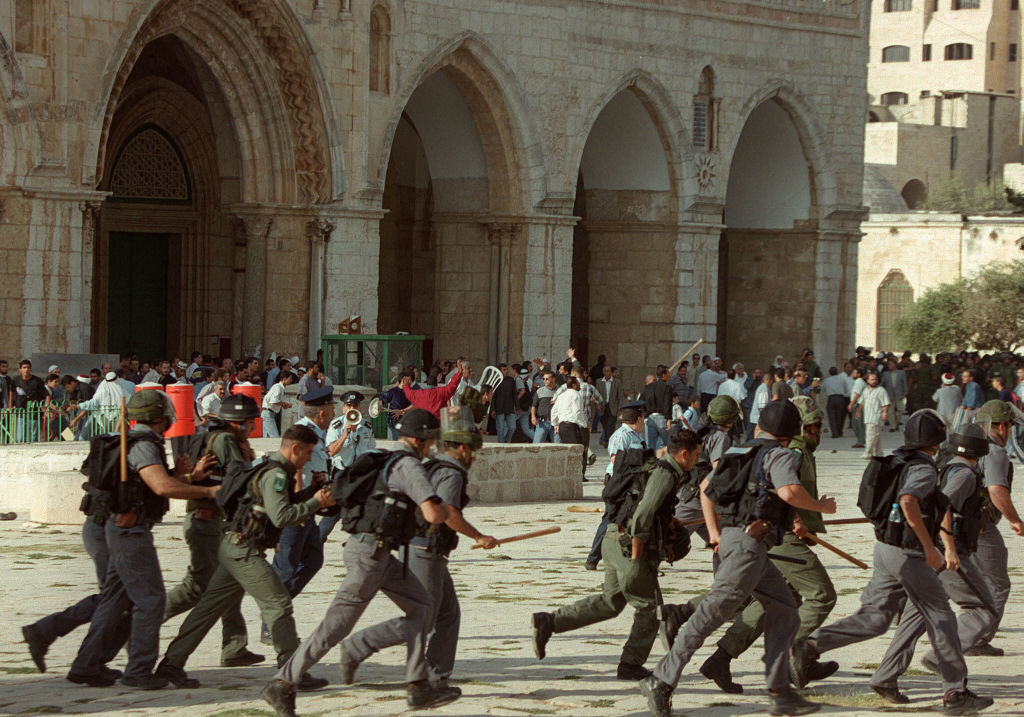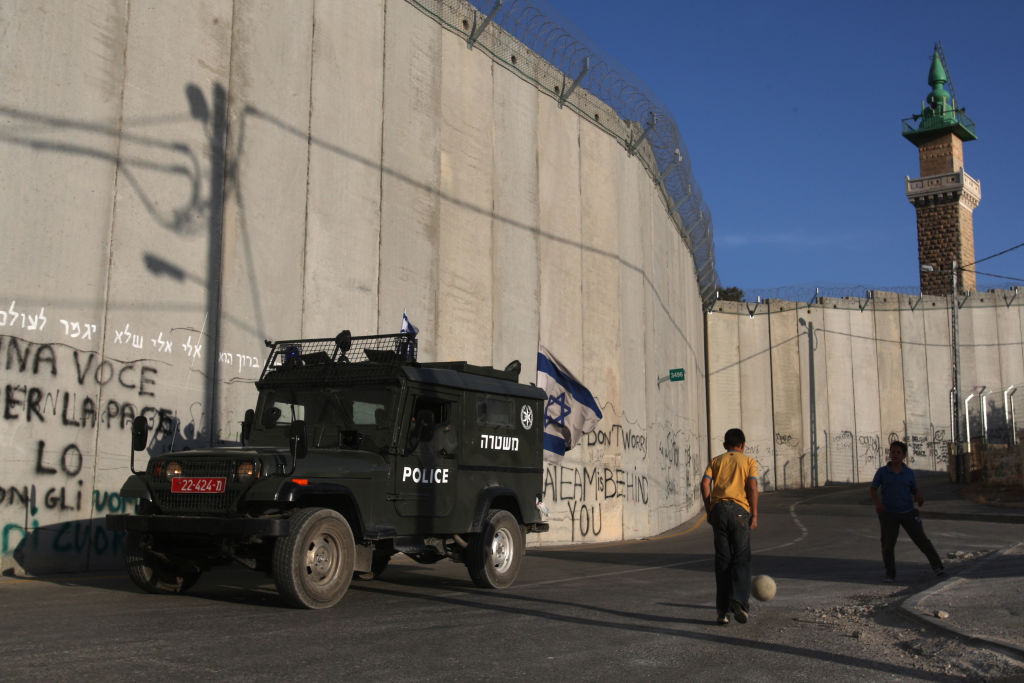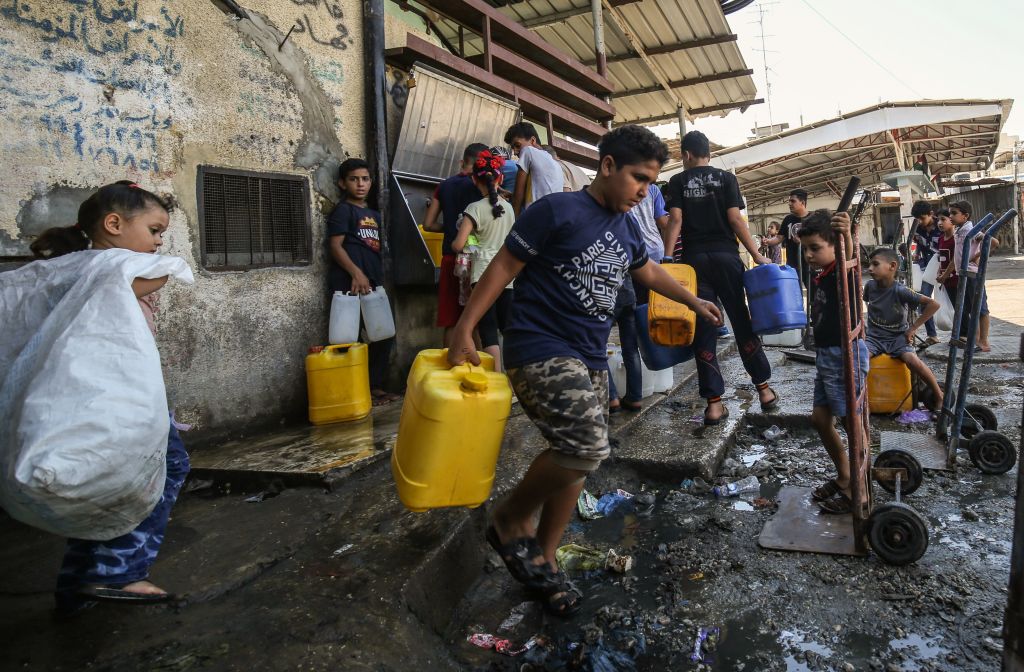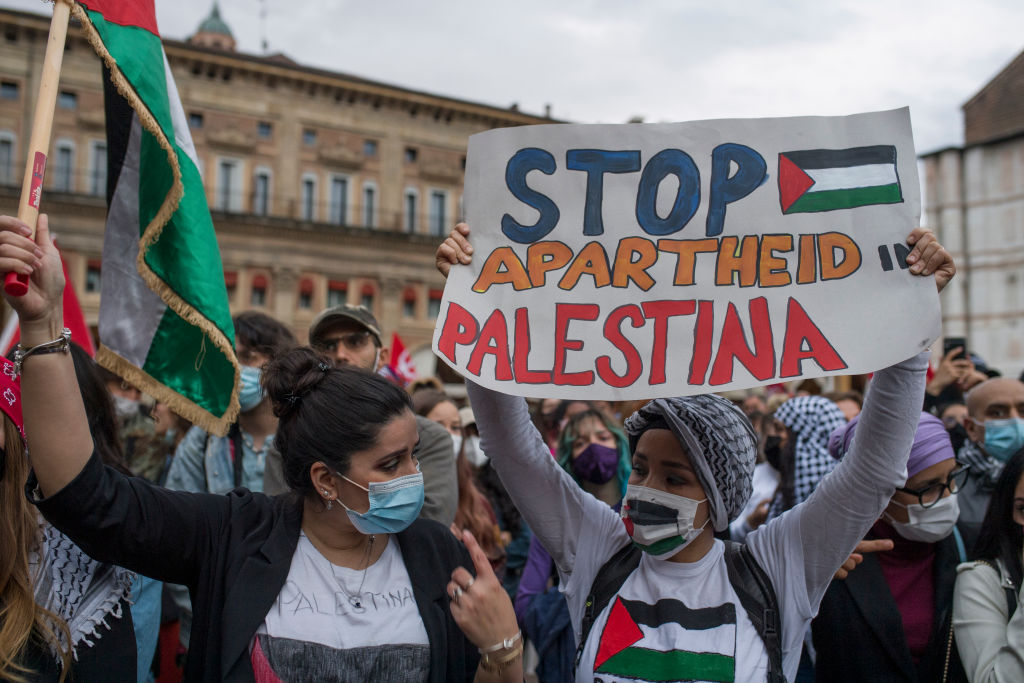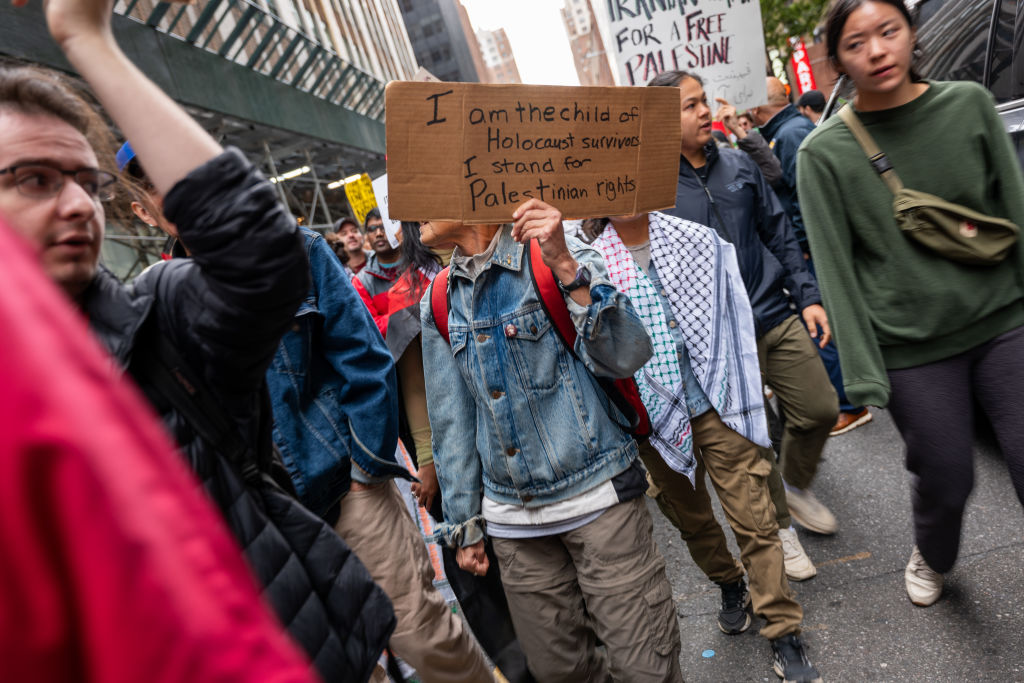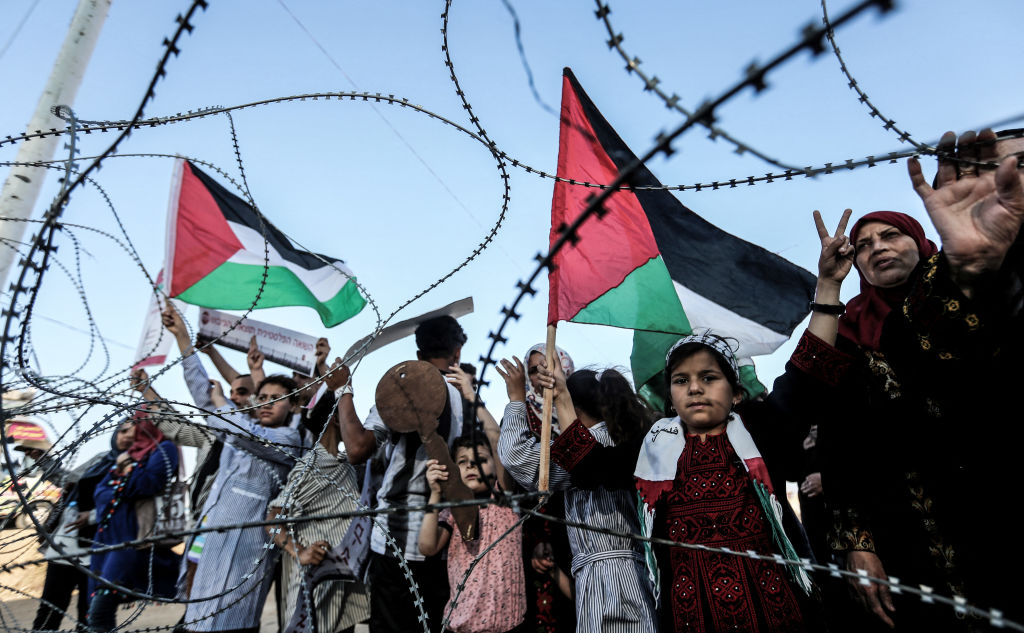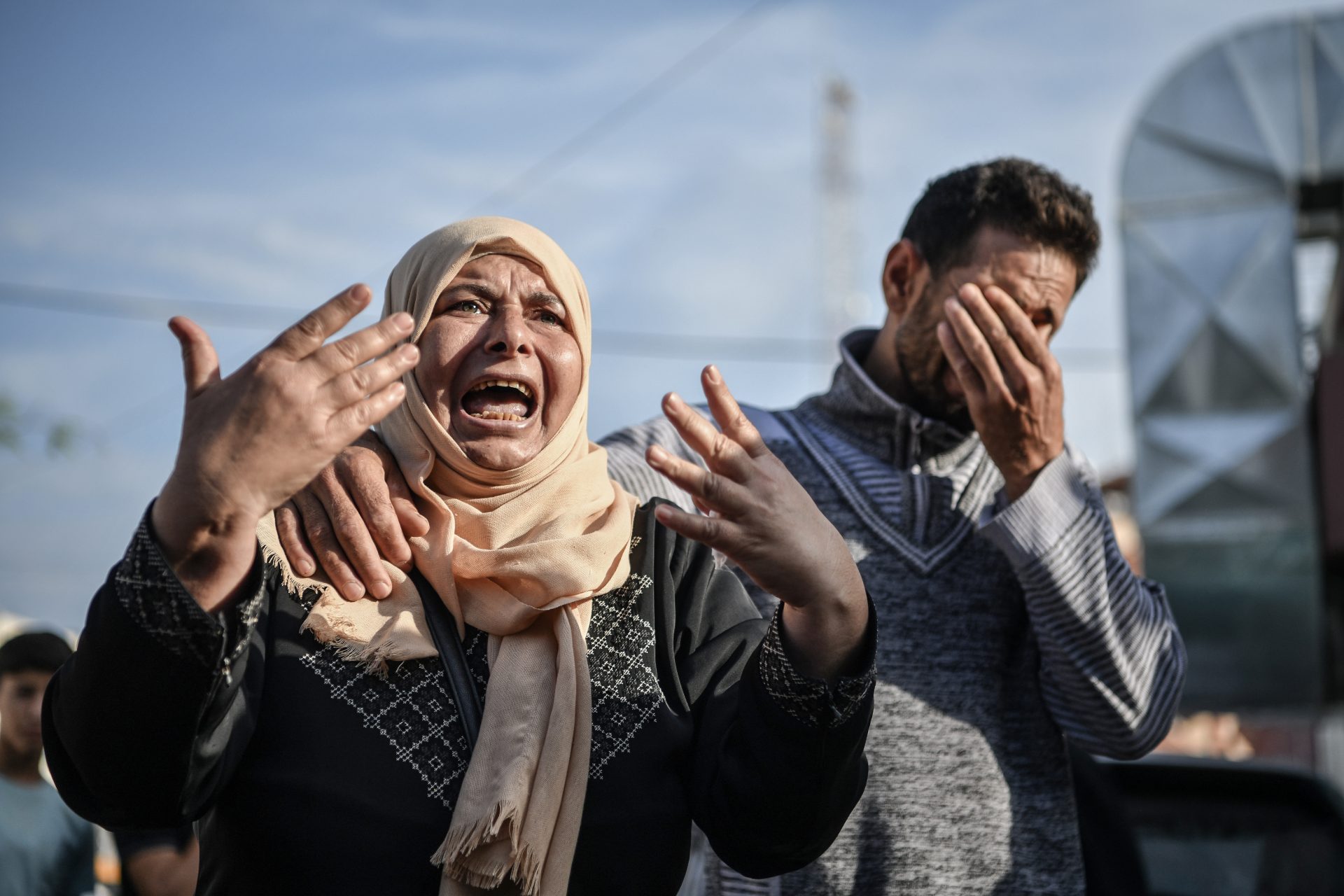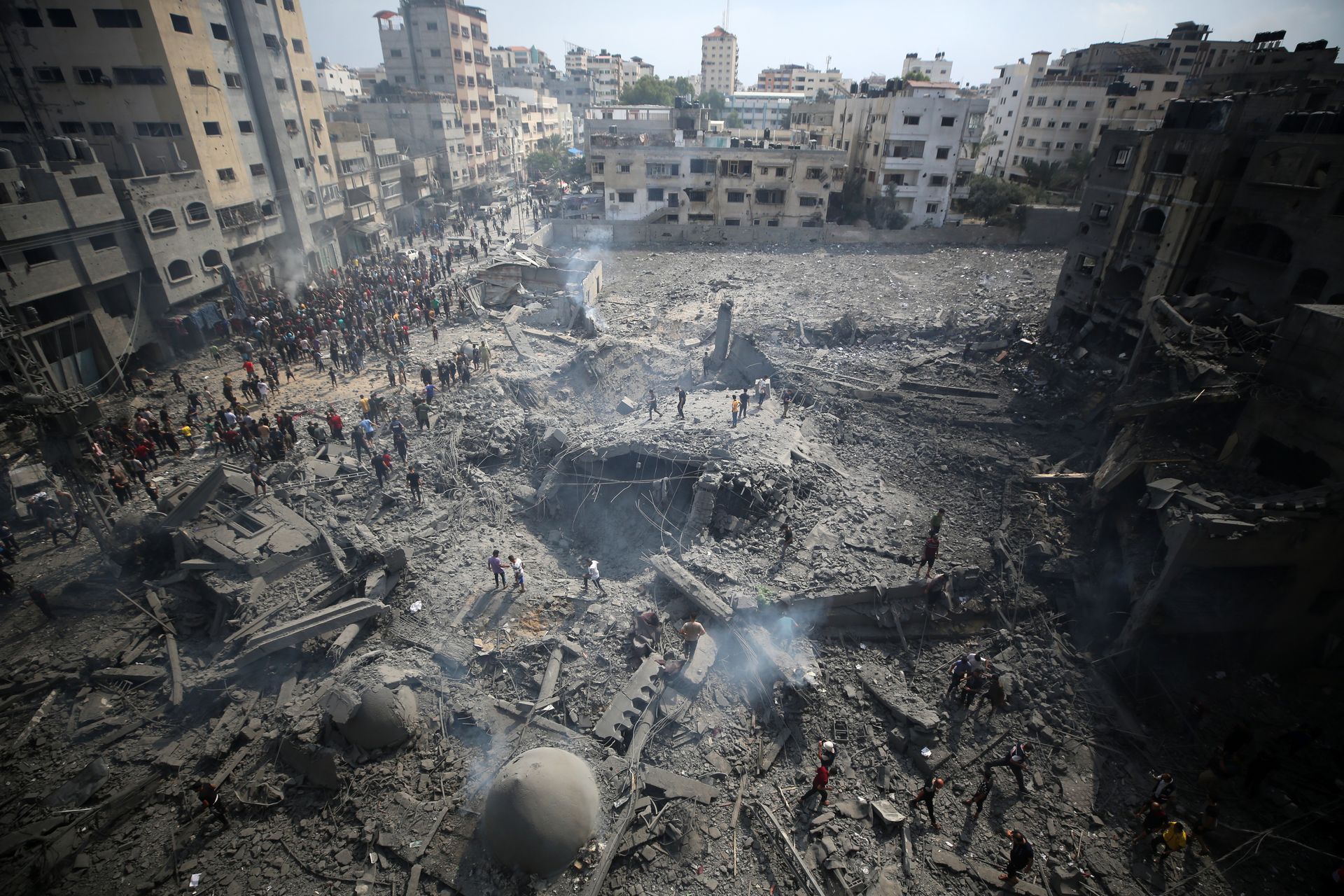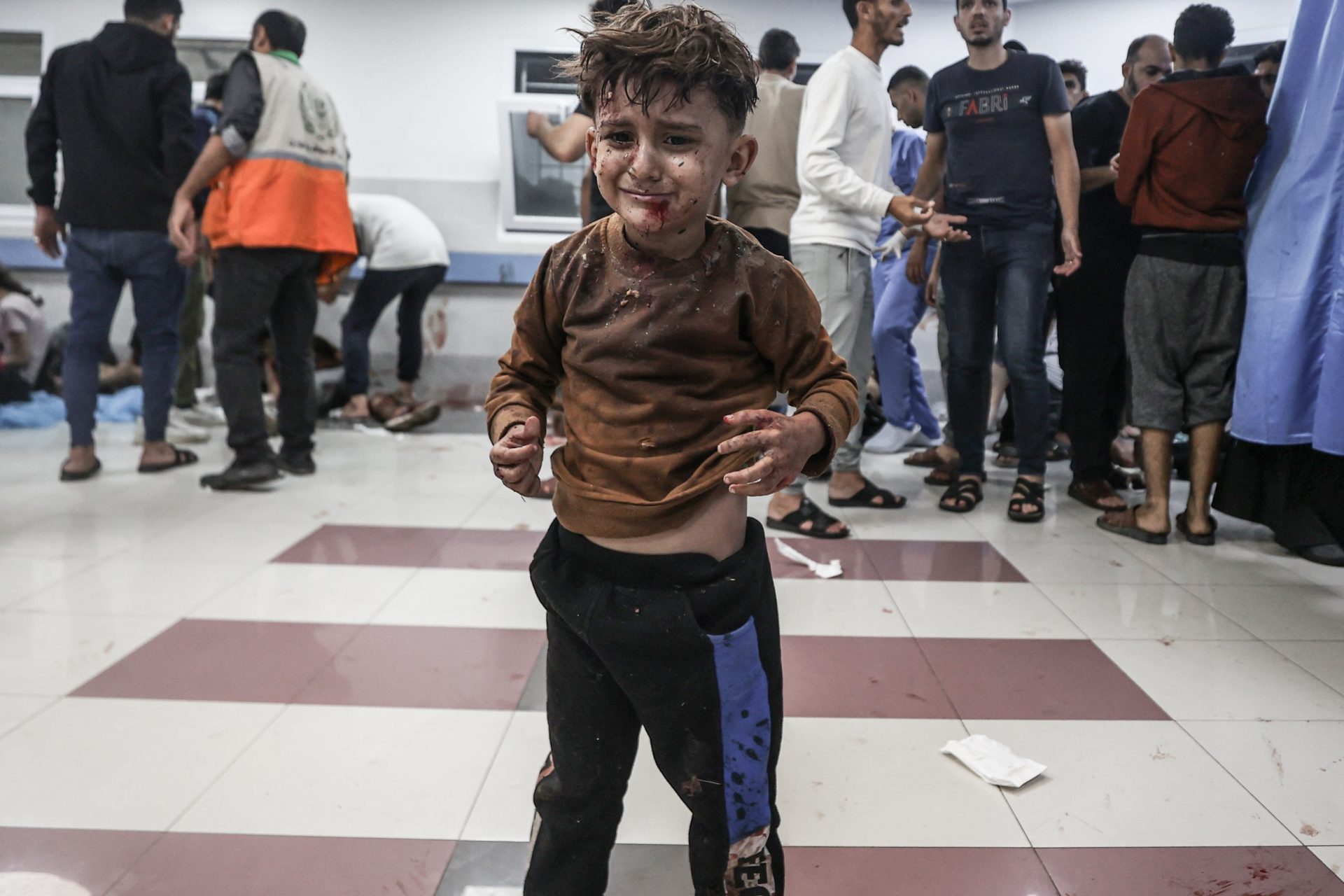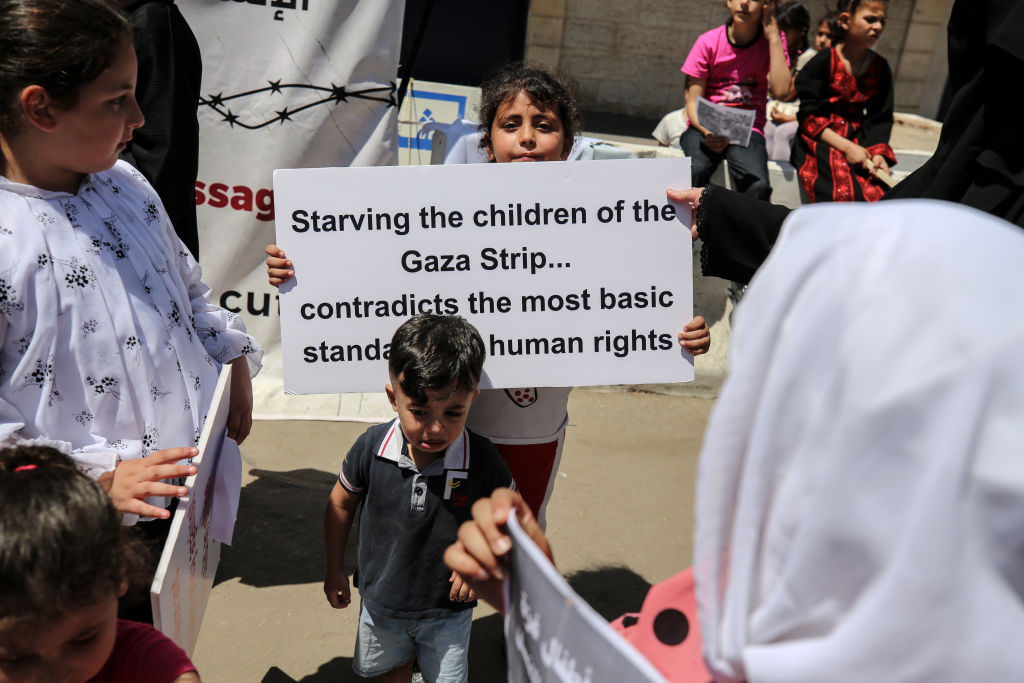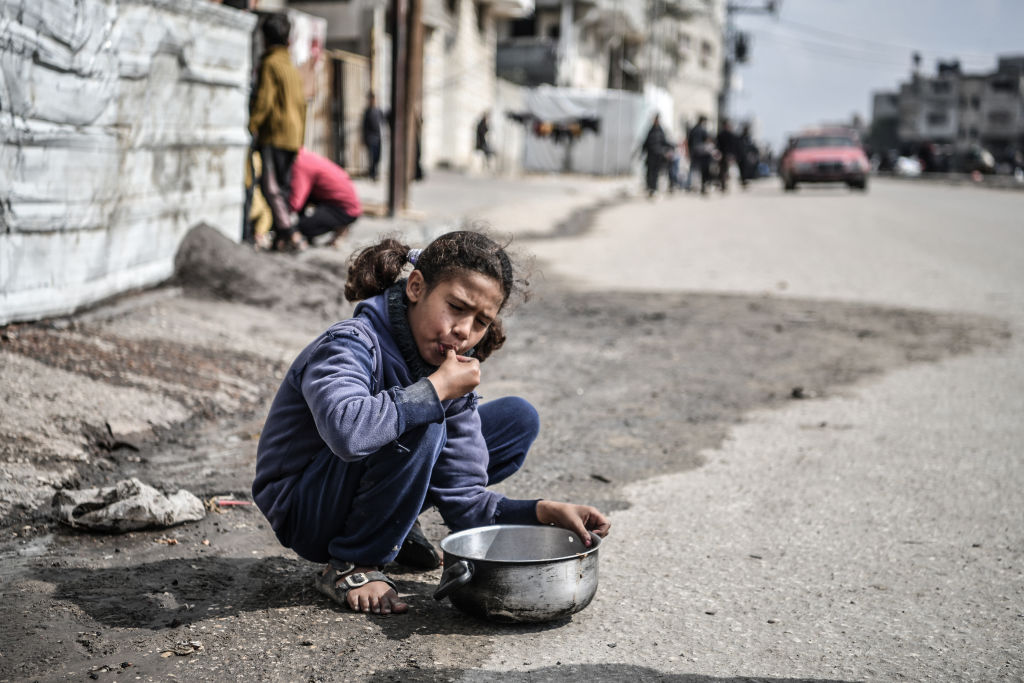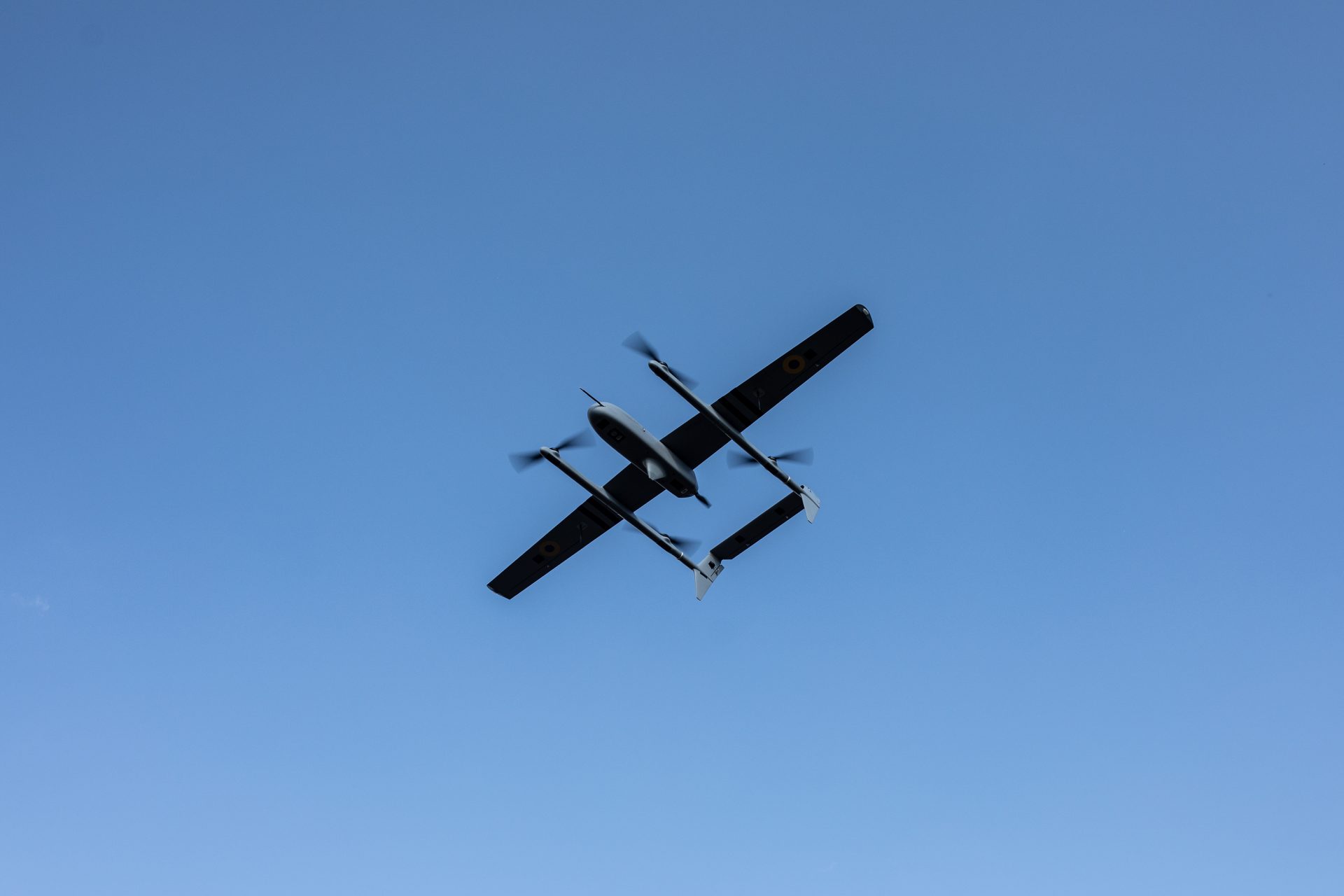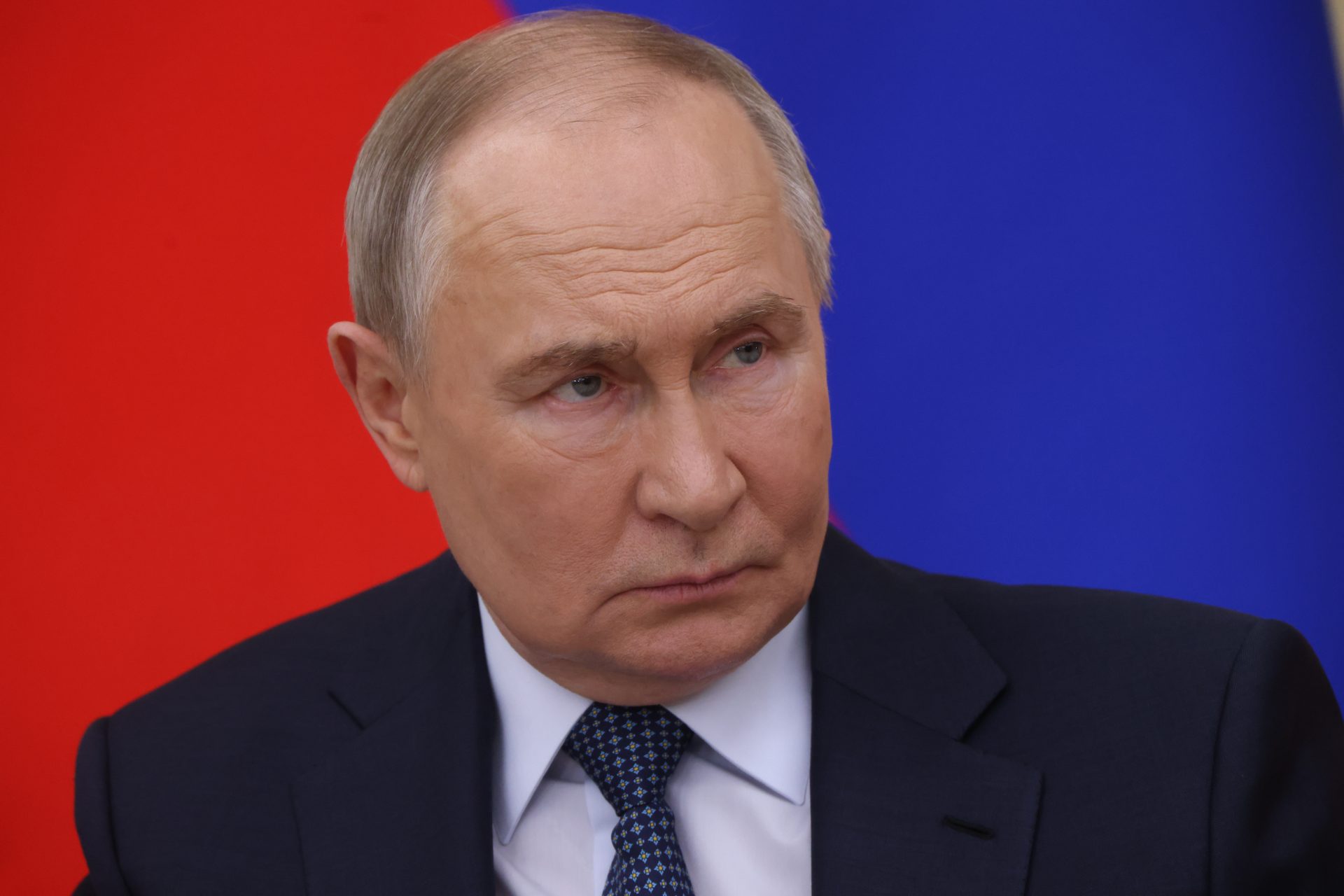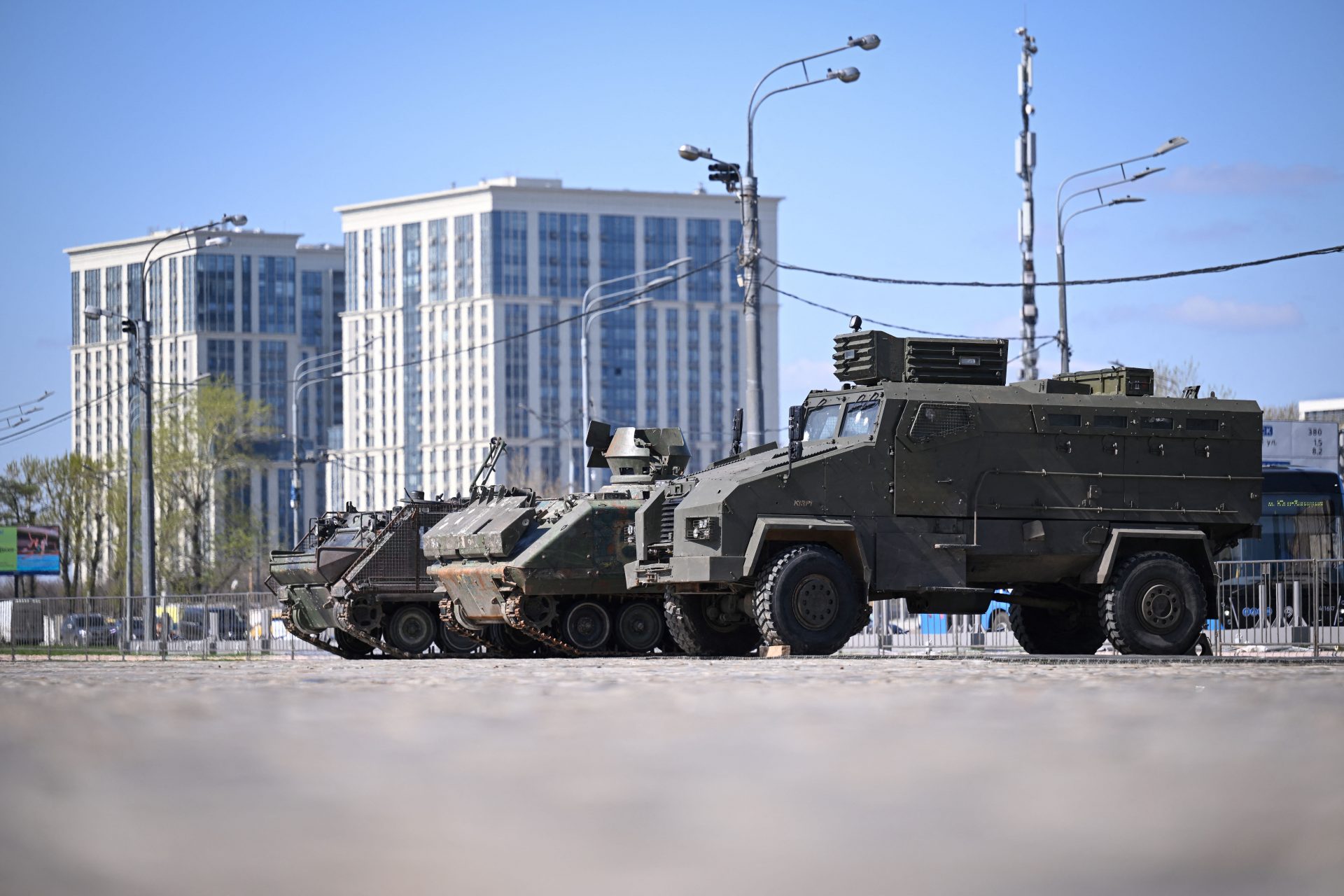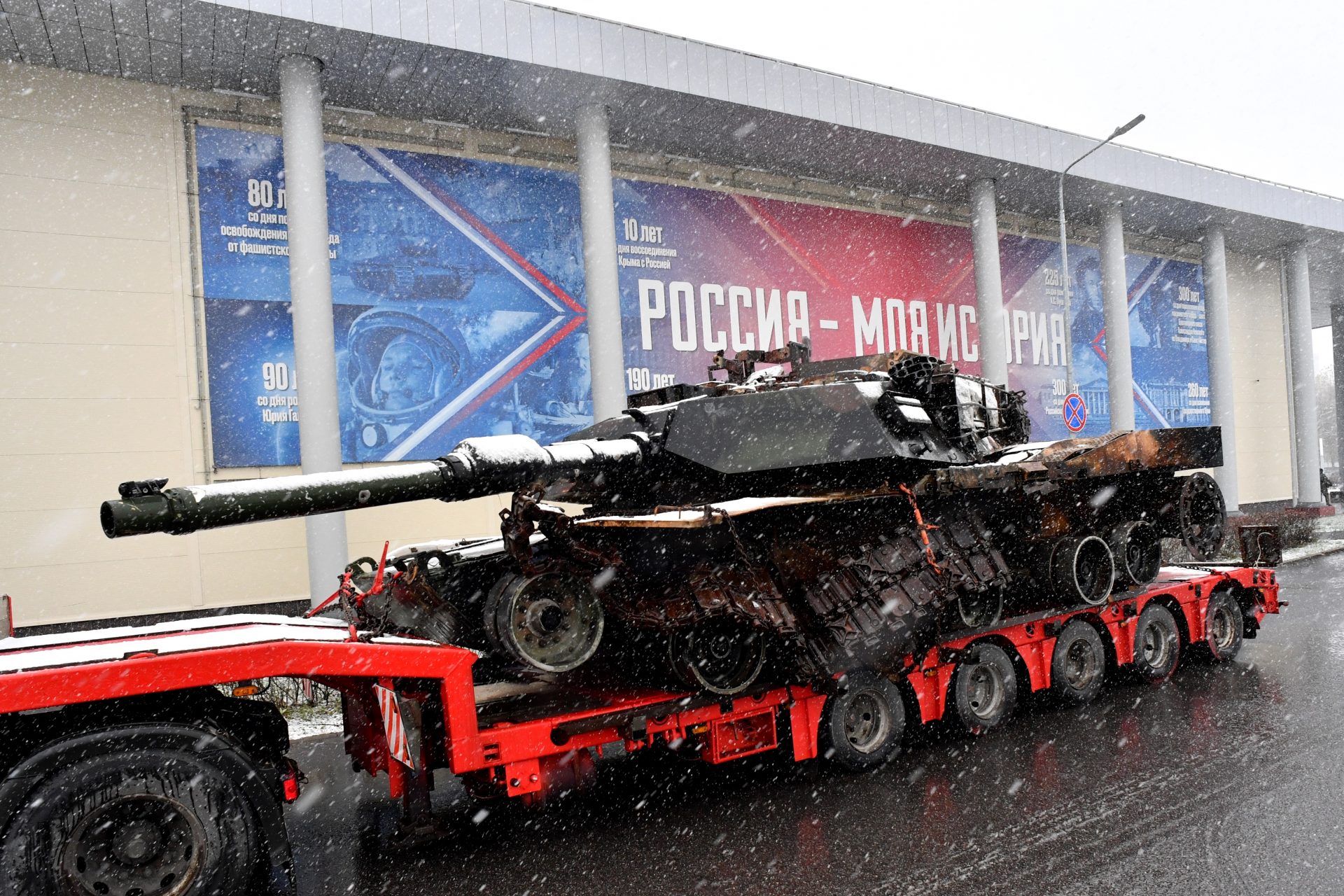It didn’t start on October 7
On October 7, 2023, the Palestinian militant group Hamas launched an attack of 5,000 missiles in Israel that resulted in 1,200 Israelis killed and the kidnapping of a further 200 people. This led to a declaration of war on Hamas by Prime Minister Benjamin Netanyahu.
Nearly two decades of Israeli occupation in Gaza
But the initial attack from Hamas on Israel didn’t come out of nowhere. Nearly two decades of Israeli occupation has been described as a humanitarian crisis for Palestinians living in Gaza by the United Nations and many human rights organizations.
British rule in Palestine
But how did Palestine come to be occupied territory in the first place? To understand the whole conflict, we’ll have to go back to the end of World War I, when the state of Israel wasn’t yet created and Britain gained control of Palestine.
Zionism and Arab nationalism
Palestine was then inhabited by a Jewish minority and an Arab majority, with both groups undergoing major nationalist movements (Zionism and Arab nationalism).
A Jewish homeland in Palestine
In 1917, the international community tasked Britain with creating a Jewish homeland in Palestine through the Balfour Declaration, which heightened tensions between the two groups.
Jewish immigration to Palestine during the Holocaust
Then came World War II and the Holocaust, significantly increasing the number of Jewish immigrants to Palestine as many fled persecution in Europe.
The Partition Plan: Jewish and Arab states
In 1947, the United Nations adopted Resolution 181, known as the Partition Plan, dividing Palestine into separate Jewish and Arab states. But while the Jewish leadership embraced the plan, the Arab side rejected it, and it was never implemented.
The Arab-Israeli war 1948
In 1948 British authorities decided to withdraw from the conflict and Jewish leaders proclaimed the founding of Israel. However, Palestinians objected, leading to the Arab-Israeli war.
Israel’s victory and “the catastrophe”
The war ended in 1949 with Israel’s victory, and the displacement of around 750,000 Palestinians that were driven from their homes in what came to be known as Al Nakba, or "The Catastrophe".
Photo: Palestinians clash with Israeli soldiers in Al Nakba 50th anniversary demonstration.
Divided territory
The territory was then divided into three parts: the State of Israel, the West Bank (of the Jordan River), and the Gaza Strip, all of which are currently occupied by Israeli forces.
Several conflicts throughout the years
Over the next several years, Israel and Palestine, as well as Egypt, Jordan and Syria, had many conflicts over territory, some small and some very deadly.
The first intifada 1987
In 1987, hundreds of thousands of Palestinians living in the West Bank and Gaza Strip rose up against the Israeli government in what is known as the first intifada, when Hamas was established.
Foundation of Hamas
Founded in Gaza by Sheikh Ahmed Yasin and Abdul Aziz al-Rantissi, Hamas stands for the "Islamic Resistance Movement", whose objective is to liberate historic Palestine through armed resistance.
Hamas doesn’t recognize Israel’s statehood
Hamas does not recognize Israel's statehood but accepts the idea of a Palestinian state along the 1967 borders, and is part of a broader regional alliance that includes Iran, Syria, and Hezbollah in Lebanon.
Classified as a terrorist group by some countries
Hamas, either as a whole or its military wing in some cases, is classified as a terrorist organization by Israel, the United States, the European Union, Canada, Egypt, and Japan.
An attempt at peace
After the first intifada, the 1993 Oslo I Accords were aimed at mediating the conflict, by setting up a framework for the Palestinians to govern themselves in the West Bank and Gaza, and enabling mutual recognition between Palestinians and Israel.
The second intifada
However in September 2000, former Israeli Prime Minister Ariel Sharon stormed Al-Aqsa Mosque (a holy site in Islam) with more than 1,000 heavily armed police and soldiers, resulting in Palestinians launching the second intifada, which would last until 2005.
Israel’s wall
In response, the Israeli government approved the construction of a barrier wall around the West Bank in 2002, despite opposition from the International Court of Justice and the International Criminal Court.
Israeli and Egyptian border control in Gaza
Since 2007 (when Hamas assumed control of Gaza), Israel and neighboring Egypt control Gaza’s borders, sparking a humanitarian crisis, since people struggle to get basic things like food and water.
Apartheid in Gaza
Furthermore, an Amnesty International investigation reported that Israel practices apartheid in the occupied territory, favoring Israeli settlers over Palestinians with discriminatory laws to systematically displace them.
Israelis that speak out against Israeli occupation
While Israel has dismissed apartheid accusations as antisemitic, many notable Israelis, such as former Attorney General Michael Ben-Yair and historian Benny Morris, among others, have spoken out against the situation in occupied territories.
A future based on justice and equality for all
Israeli journalist Haggai Mattar wrote for 972 magazine that the only solution, “as it has always been, is to bring an end to apartheid, occupation and siege, and promote a future based on justice and equality for us all”.
Attacks in response to atrocities Palestinians faced over decades
Hamas spokesperson Khaled Qadomi told ‘Al Jazeera’ in October that the group carried out its attacks in response to atrocities that Palestinians have faced over decades and as a retaliation for Israel’s attack on Al-Aqsa Mosque a few weeks before October 7.
Self-defense?
Israel’s response to Hamas’s attacks however, described by Israeli authorities as merely “self-defense”, has been critized by some world leaders as disproportionate and by human rights organizations as genocidal.
Almost 2 million people displaced
According to Humans Rights Watch, a staggering 1.9 million Gazans (more than 80% of the population) have now been displaced.
Thousands killed
According to the Gaza Health Ministry more than 29,000 Palestinians have been killed by Israeli forces, including at least 12,660 children since October 7.
Gaza’s inhabitants rely on aid
Moreover, after Israeli claims that a United Nations worker was involved in the October 7 attacks, many countries suspended funding to the UN, who provides tha majority of aid to Gaza’s inhabitants.
Gazans are starving
According to the Red Cross, it’s projected that the entire 2.2 million population of Gaza is now experiencing food insecurity at crisis levels or above; the highest share of a population facing high food insecurity that has ever been classified by the Integrated Food Security Phase Classification (IPC) anywhere in the world.




